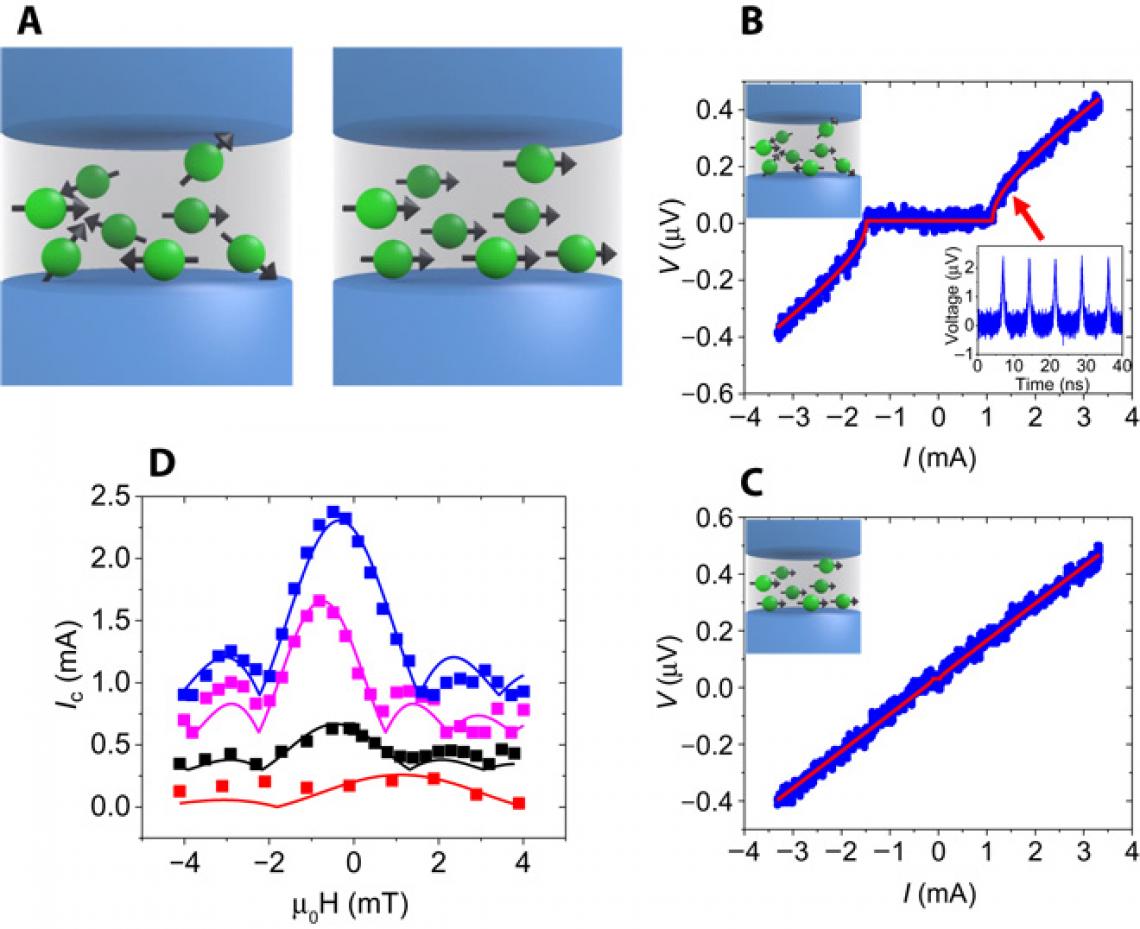Image: Michael L. Schneider*, Christine A. Donnelly, Stephen E. Russek, Burm Baek, Matthew R. Pufall, Peter F. Hopkins, Paul D. Dresselhaus, Samuel P. Benz and William H. Rippard
Two recently published papers have demonstrated significant advances in neuromorphic computing. The brain on a chip systems use conductive plates separated by a switching medium in order to emulate the synapse structure of the brain, which allows data to be both stored and processed in situ. This model would do away with the round trip travel time of information to and from storage, thus increasing the processing time and reducing the energy usage.
The neuromorphic system in the first paper reports a 95% accuracy in recognising samples using a neural network. The system in the second paper takes the hardware a step further by manipulating the medium between neuron proxy plates, allowing computation to be baked into the chip. Doing so increased the firing rate of the chip to several orders of magnitude faster than human neurons while using 1/10,000th of the energy of biological neurons.
While this is all amazing, some practical limitations still apply, for now. The systems usually need to cooled to absolute zero to operate and also need to be scaled to number in the millions in order to conduct complex computations.










